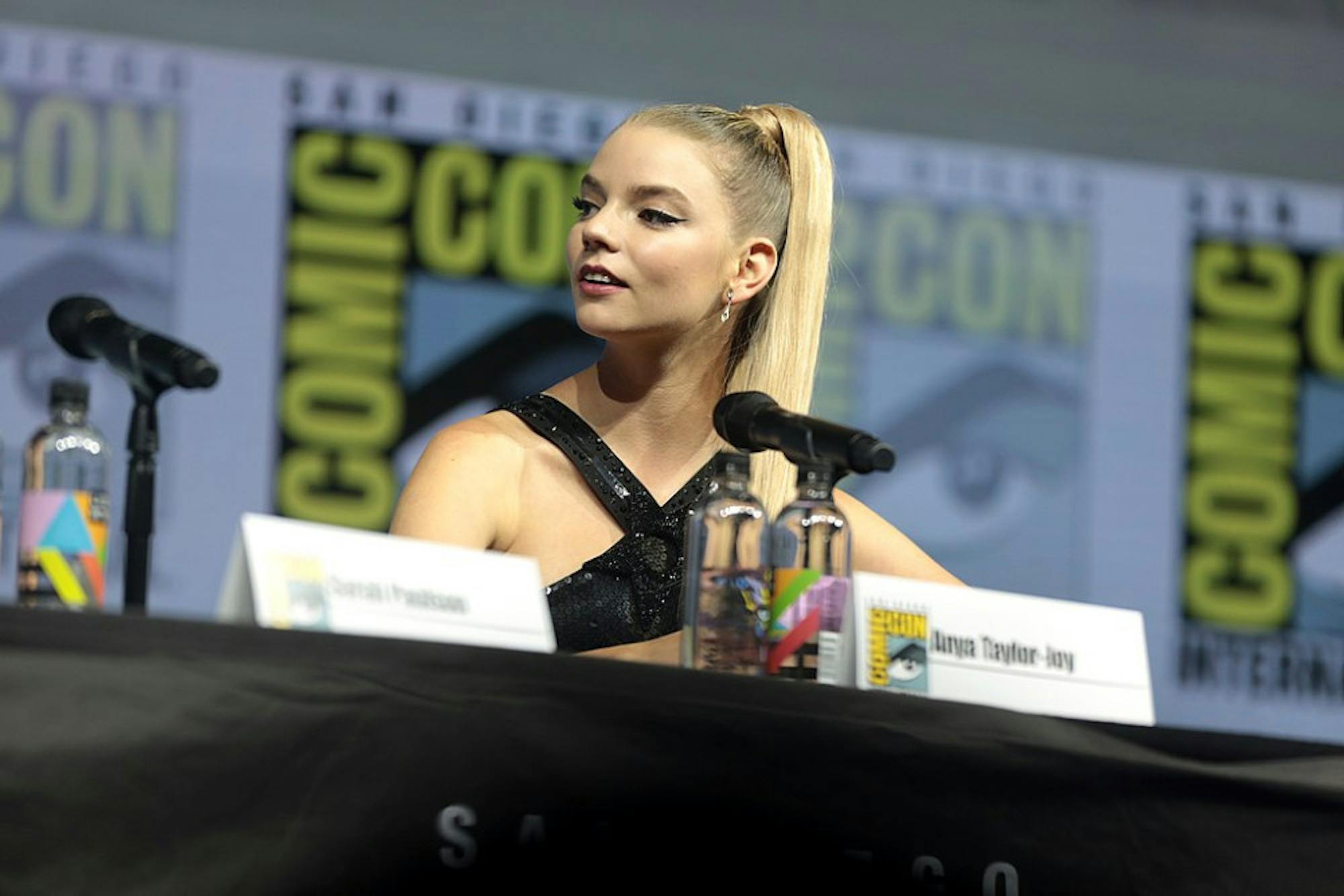A gaggle of ultra-wealthy customers voyages to their private island restaurant, with courses and courses of whimsical fine dining in store. They’ll see bundles of microgreens, hits of foams and gelées, plus thousands of other incomprehensible words that are worth their weight in gold. The twist? They all must die by the end of the meal. Of course, that’s still unknown to the oblivious consumers as they set sail on their culinary dreamboat. The ensuing bloodshed and theatrics are left as a shocking dramatic irony, fated and yet unforeseen.
From the above description, “The Menu” (2022) seems to be playfully thrilling, a joyous film experience to munch on your (non-luxury) popcorn to. Plus, appearances by chess-playing megastar Anya Taylor-Joy and a smattering of other stars that’ll make you think, “I know them” and instigate some fun IMDb stalking. The film, though, has one fatal flaw: It tries so hard to be socially pertinent. With quips like, “We got you through Covid!” and a painstakingly overdrawn subplot about how Anya Taylor-Joy’s character worked in hospitality, the film so deeply wanted to be something, to be important. “The Menu” tried to be funny and mindless but also socially relevant; it wanted to have its cake and eat it too.
“The Menu” is a prime example of what many call a high-concept film, something that is presently running rampant in the modern media landscape. These projects use crazed, outlandish premises to reveal something about our inner humanity. What if a television comedy about a bunch of strangers vacationing together taught us something about whiteness and wealth? Enter “The White Lotus” (2021–). Or what if a thriller about a simulated ’60s-style world taught us something about gender and patriarchy? Enter “Don’t Worry Darling” (2022). By now, almost every other film in our theaters or show on our screens is high-concept in nature. Nobody wants to just come out and say their grand manifesto; they want to teach it inch by inch through some dazzling fantastical metaphor.
It wasn’t always like this. In fact, the proliferation of high-concept media has only occurred within the last couple of years. Just eight years ago, it was a starkly different media landscape. With the 2016 election, many illusions of perfection fell by the wayside. Consumers took on a “rip-off-the-bandaid” attitude. They wanted to be shown their wretched, horrific lives right in front of their faces; they could take it. Movies like “Three Billboards Outside Ebbing, Missouri” (2017) used oblique truth-telling to craft harrowing films, while shows like “This Is Us” (2016–22) ladled the trauma on thick. Though maybe not the most artful, these straight-edge projects demonstrated the pains of modernism right before our eyes.
At some point, though, it all became too much. People stopped watching those searing translations of reality, opting instead for whimsical retellings with real-life ramifications. A new era of high-concept media had reared its ugly head, one that disguised social truths like broccoli in the mac and cheese you feed your toddler. Some of these projects were incredible feats of art. “Parasite” (2019) spoon-fed class consciousness to the masses, while “Watchmen” (2019) gracefully induced the tragedies of white supremacy within its comic-strip form. By now, though, the market has become oversaturated. Almost no one is telling those raw, vulnerable stories, while almost everyone is trying to make their fantasies socially prudent. We’ve converged in the middle: There’s no honest pain, but also no unaccompanied joy.
Consider another emerging piece of high-concept art, the musical taking the world by storm: “Kimberly Akimbo” (2021). First presented off-Broadway, the contemporary drama transferred to Broadway in 2022. The story follows Kimberly, a young girl who suffers from a fictionalized genetic disorder that causes her to age much faster than her peers. When she’s four years old she presents as 20, when she’s 10 she presents as 50, and … well, you get it. Centered on her 16th birthday, Kimberly has the body of a 72-year-old. As Kimberly traverses high school romances and friendships, audiences learn something about the meaning of life, the innocence of youth and the inclusion of all. The musical has garnered high praise for its emotional resonance.
But why do we need to forcefully infantilize an 80-year-old to learn something about life? Those great, resounding conclusions from the musical, though profound in their appearance, are fairly commonplace. It’s nauseatingly evident that we must “live life to the fullest.” But, as a ploy to reach this invariably overwrought moral, we must traverse some rough terrain. Victoria Clark, who plays Kimberly, is presently 63. Justin Cooley, who plays Kimberly’s love interest Seth, is college-aged. Oof. That’s not to say the conditions cannot “work” in a dramatic context; there’s nothing wrong or amoral about it, it’s just rocky. You better have a good reason for inducing such socially and politically fraught circumstances upon your art. And, in the case of “Kimberly Akimbo,” there isn’t. The ends don’t justify the means. The show’s creators went so far into the high-concept realm that their base concept far exceeded their conclusion. For such shock, so little truth.
This is the trade-off that must be present for high-concept art to work and for it to be worth the effort. Filmmakers and writers can propose crazed concepts for the point of reaching some grand ethic, but that conclusion better be worth the cost. Or, on the flip side, these creators can induce some social relevance into their fantastical films, but it better be poignant if it cuts down the entertainment value. Unfortunately, high-concept media of recent has failed to strike this balance. Fantasy thrillers should be just that, not contrived social satires like “The Menu.” And our social dramas should be real and present, not using some roundabout tactic to avoid an utter confrontation with reality. And yet here we sit, bobbing up and down between these two goods, stuck in some unfulfilling, fabricated no-man's-land.






